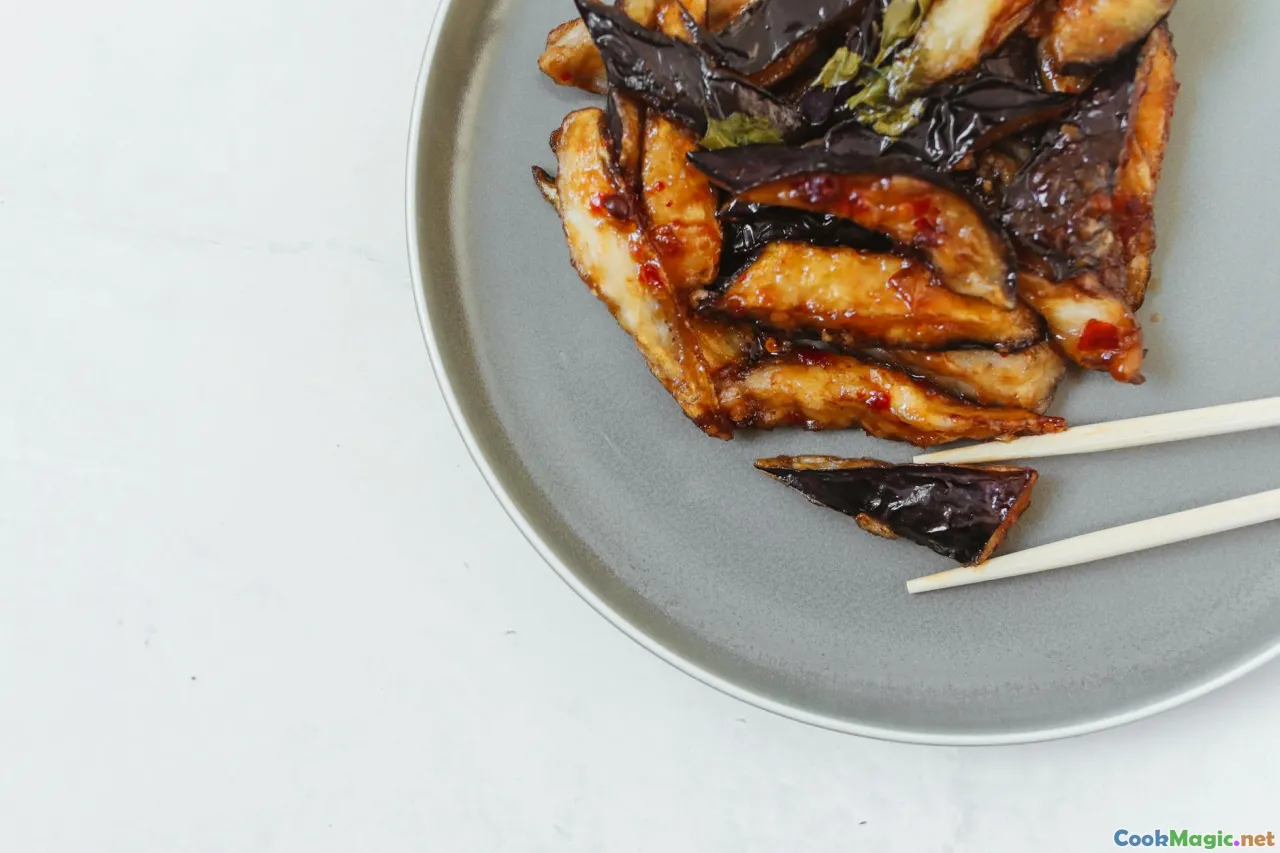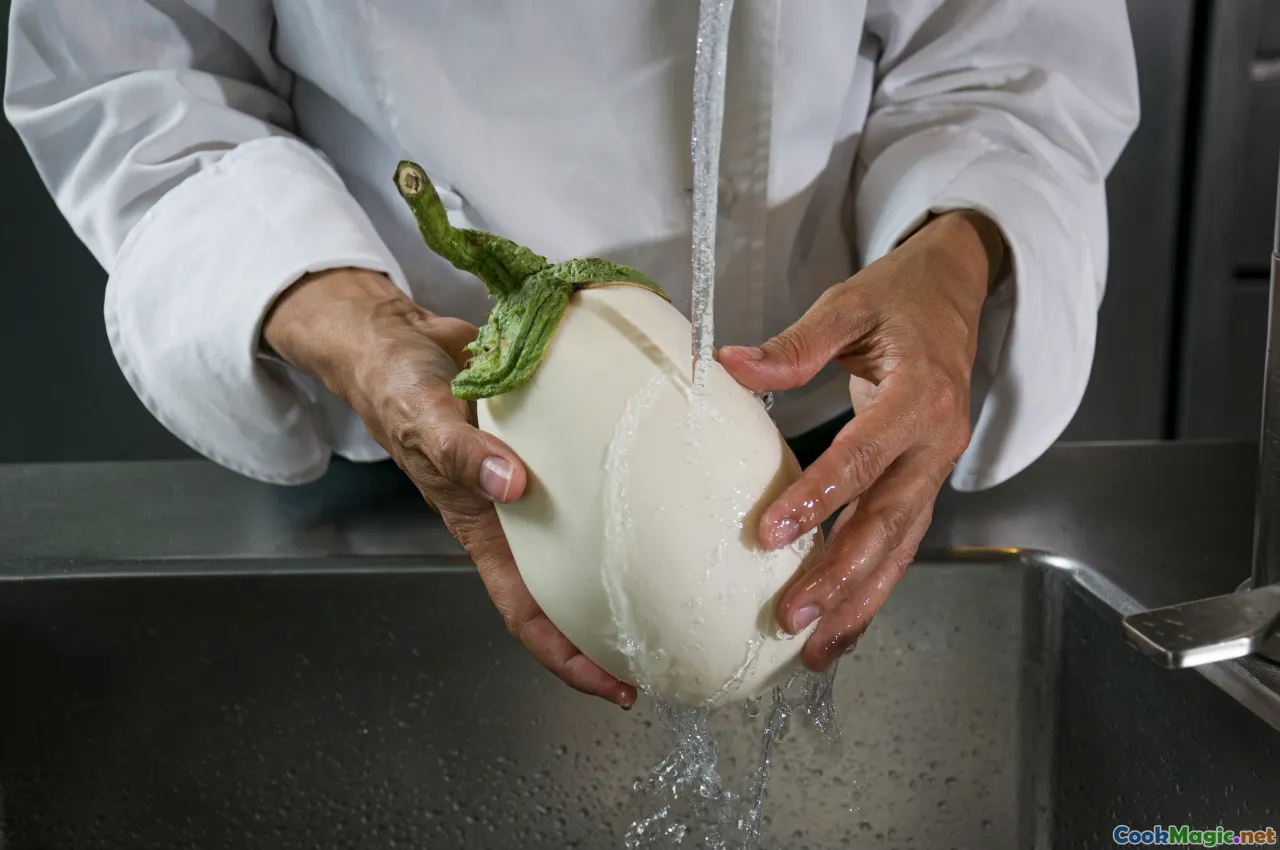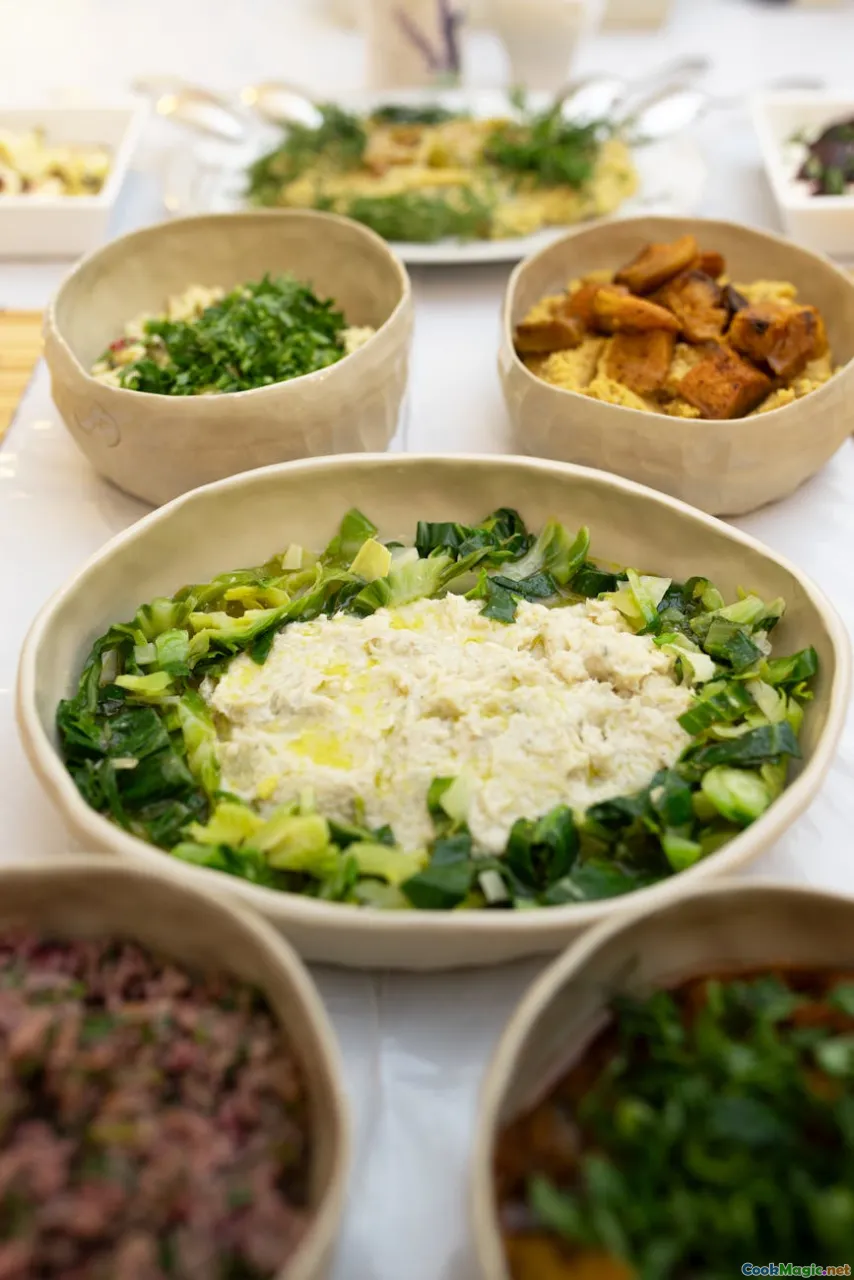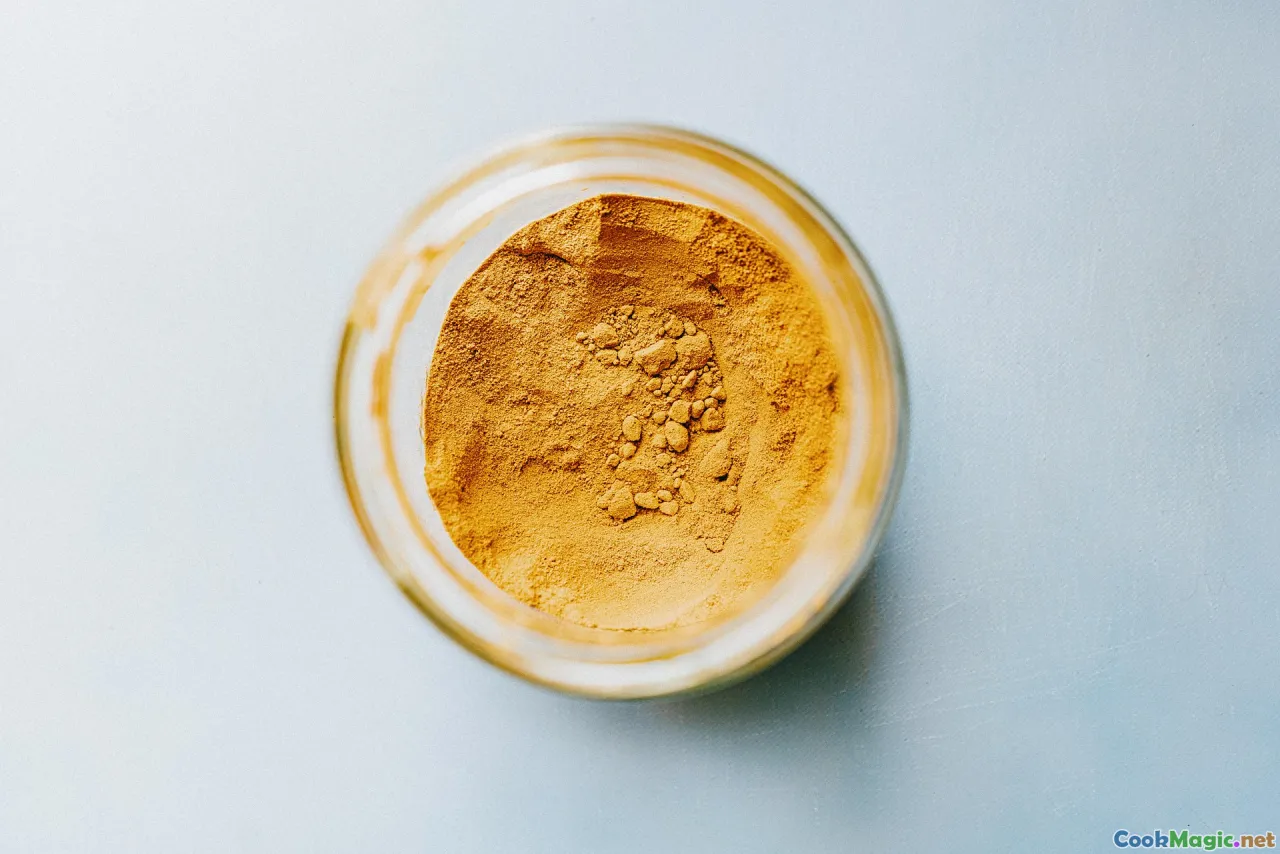Building Satisfying Umami in Vegan Culinary Creations
12 min read Explore how to craft deeply savory, satisfying umami flavors in vegan dishes using innovative ingredients and techniques. July 12, 2025 18:05
Building Satisfying Umami in Vegan Culinary Creations
Few flavor profiles evoke the depths of savory richness quite like umami. Its subtle, complex, and mouth-watering essence transforms dishes from mere sustenance to an experience that tantalizes the senses. For vegans, achieving that coveted umami shimmer without animal products is both a culinary challenge and an art form—one that involves understanding ingredients, cultural history, and the emotional resonance of flavor.
Imagine biting into a bowl of miso ramen or savoring a swirl of fermented soy sauce on roasted vegetables—those inviting aromas, the glossy sheen, the velvety textures—all are embodiments of umami’s soulful depth. Unlocking that flavor in plant-based dishes is about more than finding substitutes; it's about crafting a symphony of ingredients that work harmoniously to evoke a sense of umami satisfaction.
Let’s delve into the vibrant world of vegan umami—exploring its origins, techniques, cultural significance, and innovative tips to elevate your plant-based creations.
The Roots of Umami: A Cultural and Historical Perspective

Umami, often described as the fifth taste alongside sweet, sour, salty, and bitter, was coined in 1908 by Japanese chemist Kikunae Ikeda. He identified it through the detection of glutamate, an amino acid abundant in certain foods. Traditionally, umami was rooted in Eastern cuisine, blossoming in dishes like miso soup, soy sauce, seaweed broths, and aged fermentation staples.
Culture and history reveal that humanity’s pursuit of umami has long centered around preservation, flavor enhancement, and emotional comfort. Fermentation techniques—used for centuries across cultures—developed as a way to intensify flavors, aligning perfectly with the umami principle. For example, the fermentation of soybeans into miso or natto in Japan, or the aging of Parmesan in Italy, are culinary traditions built on the depth of umami. Even the Tang of aged kimchi in Korea adds layers of salty, fermented complexity.
Now, in the modern era, vegan cuisine turns inward, reinterpreting these nourishing traditions using plant-based ingredients, while honoring their cultural significance.
Recognizing Natural Plant-Based Sources of Umami

The foundation of building vegan umami lies in recognizing natural ingredients that are intrinsically rich in glutamates, nucleotides, and other flavor-enhancing compounds:
- Mushrooms: Especially shiitake, dried porcini, and maitake—they possess high levels of free glutamates, imparting a meaty, earthy aroma.
- Tomatoes: Sun-ripened and concentrated, they deliver a vibrant tang and depth, especially when cooked, with lycopene enhancing their rich profile.
- Seaweeds: Wakame, kelp, and kombu are flavor powerhouses full of umami-enhancing compounds. Kelp broth, or "dashi," is a cornerstone of Japanese cooking.
- Nutritional Yeast: A deactivated yeast packed with savory, cheesy notes, often used in vegan cheese sauces.
- Fermented Vegetables: Kimchi, sauerkraut, and fermented carrots develop complex umami through the breakdown of sugars and proteins.
These ingredients aren’t just flavor additions; they anchor your dishes in a flavor profile that resonates deeply with human sensory memory.
Techniques for Amplifying Umami in Plant-Based Dishes

Achieving umami isn’t about relying on a single ingredient—it’s a strategic interplay of techniques that unlock and intensify flavors.
1. Use of Slow Cooking and Reduction
Long, gentle simmering breaks down complex molecules, concentrating flavors. Think of a mushroom stroganoff where sautéed mushrooms are simmered with broth, allowing their umami to meld with herbs and creamy bases.
2. Sumarization with Fermentation
Fermented foods like miso, tempeh, or kimchi introduce natural glutamates and yeasts that boost palate complexity. Incorporate miso into dressings or sauces or add kimchi to stir-fries for layered umami.
3. Roasting and Caramelization
Roasting vegetables like tomatoes and eggplants caramelizes naturally occurring sugars, heightening flavor perception and adding a smoky, sweet umami note.
4. Combination and Layering
Use synergy by combining ingredients—dried mushrooms with miso, seaweed with tomatoes, or nutritional yeast with roasted vegetables—to create umami-rich depth.
5. Time and Rest
Allow dishes to rest and meld. Flavor complexity often deepens after a few hours, much like the aging of fermented products.
Crafting Signature Vegan Umami Dishes

Creating memorable vegan dishes rich in umami involves more than technical expertise—it requires a chef’s intuition for flavor balance.
Mushroom and Walnut Pâté
A luxurious spread that wins over skeptics and vegans alike, blending caramelized shiitake mushrooms, toasted walnuts, thyme, garlic, and a splash of tamari. Serving it on crusty sourdough opens up earthy, savory layers, aromatic with herbs.
Tomato and Seaweed Ramen
Craft a hearty broth simmering with kombu and dried shiitake, finishing with ripe heirloom tomatoes. Add grilled tofu, soft noodles, and scallion for a dish that explodes with umami-rich depth.
Savory Lentil and Mushroom Shepherd’s Pie
Use a mash of roasted carrots, onions, and lentils seasoned with miso and nutritional yeast, topped with a golden, crispy potato crust.
Seaweed-Infused Vegan Cheese
Blend soaked cashews with nutritional yeast, lemon juice, miso, and a finely chopped kelp or wakame. Chill and serve on sourdough or veggie platters.
Fermented Vegetable Stir-Fry
Quickly stir-fry fermented vegetables with garlic and ginger, finishing with a dash of soy sauce or tamari, creating a bright, tangy umami punch.
Balancing Umami with Other Flavors to Create Harmony

While umami forms the backbone of savory satisfaction, true culinary artistry involves balancing it with acidity, sweetness, bitterness, and salt. For example:
- A touch of apple cider vinegar or lemon brightens and cleanses the palate.
- Smoked paprika or chipotle adds a smoky jawiness, contrasting the richness.
- A hint of natural sweetness, like caramelized onions or roasted squash, offsets the depth with warmth.
Notice how the goal isn’t to overshadow the umami but to amplify its richness while maintaining harmony—this is the hallmark of advanced plant-based cooking.
The Personal and Emotional Power of Umami in Vegan Cuisine

For many, food is a vessel for memory and emotion. The umami flavor—deep, hearty, and comforting—can bring a sense of groundedness, nostalgic warmth, and culinary pride.
Think of a vegan adobo, simmered with soy sauce and a splash of coconut milk, reminiscent of Filipino family dinners—rich in tradition and love. Or a bowl of pureed roasted tomato soup topped with crispy kale chips, evoking homey comfort after a long day.
Culturally, sharing umami-rich dishes connects us across borders, from Japanese miso soup to Italian risotto with mushrooms—bridging memories and stories through flavor.
Final Tips for Mastering Vegan Umami in Your Kitchen

- Experiment with ingredient combinations: Don’t hesitate to mix dried and fresh ingredients for depth.
- Respect traditional techniques: Roasting, fermenting, reducing—all enhance umami.
- Taste as you cook: Adjust seasoning gradually, balancing saltiness and acidity.
- Use high-quality ingredients: Dried mushrooms, aged condiments, and fresh herbs make a noticeable difference.
- Think beyond substitutes: Find plant-based ingredients that inherently possess umami, rather than mimicking animal-derived flavors.
- Embrace patience: Flavors evolve over time. Let dishes rest; the magic deepens.
Celebrating the Richness of Plant-Based Umami
By delving into the cultural, technical, and emotional layers of umami, vegan chefs and home cooks alike can elevate their dishes into soulful culinary experiences. It’s about more than flavor; it’s about storytelling, tradition, and creating a sense of satisfaction that resonates through every bite.
As plant-based cuisine continues to flourish worldwide, mastering umami mastery becomes a journey of discovery, creativity, and heartfelt nourishment. Whether you’re crafting the perfect broth, layering a savory sauce, or reinventing classic comfort foods with a plant-based twist, remember: the true magic lies in balancing, layering, and respecting the deep history of taste that umami embodies.
Let your kitchen be a space of experimentation and passion—here’s to building a world of satisfying, umami-rich vegan flavors that nourish the body and soul alike.









